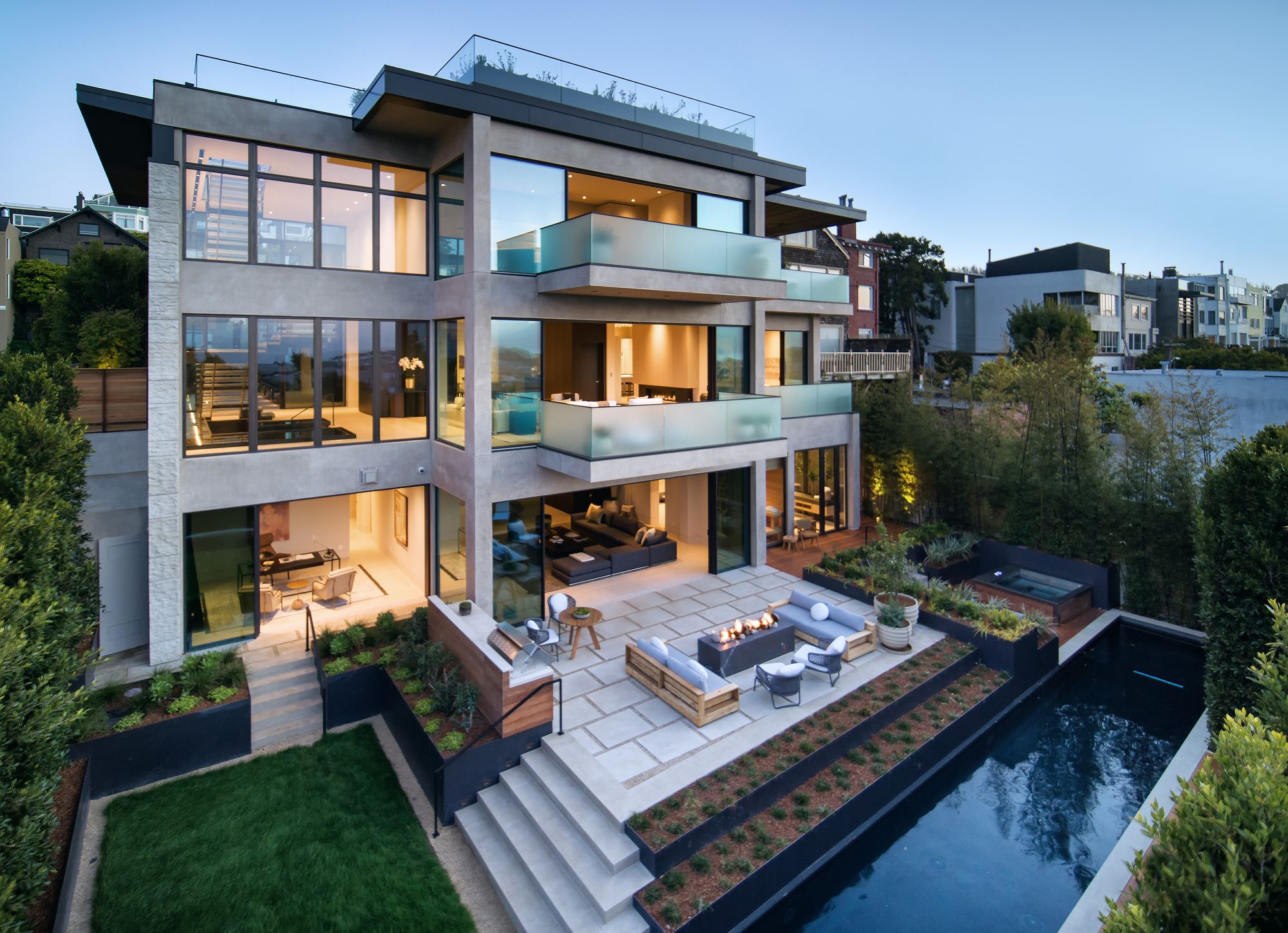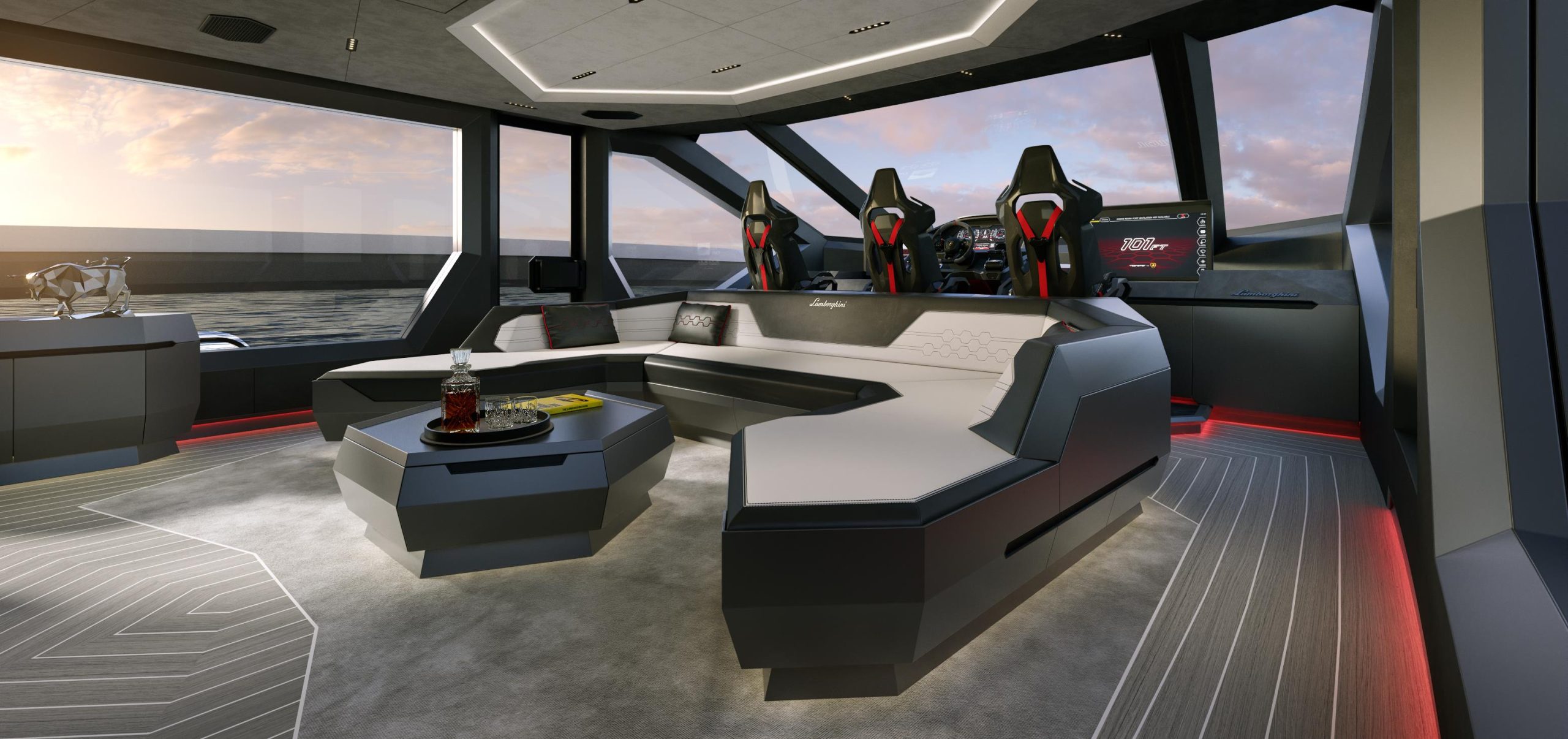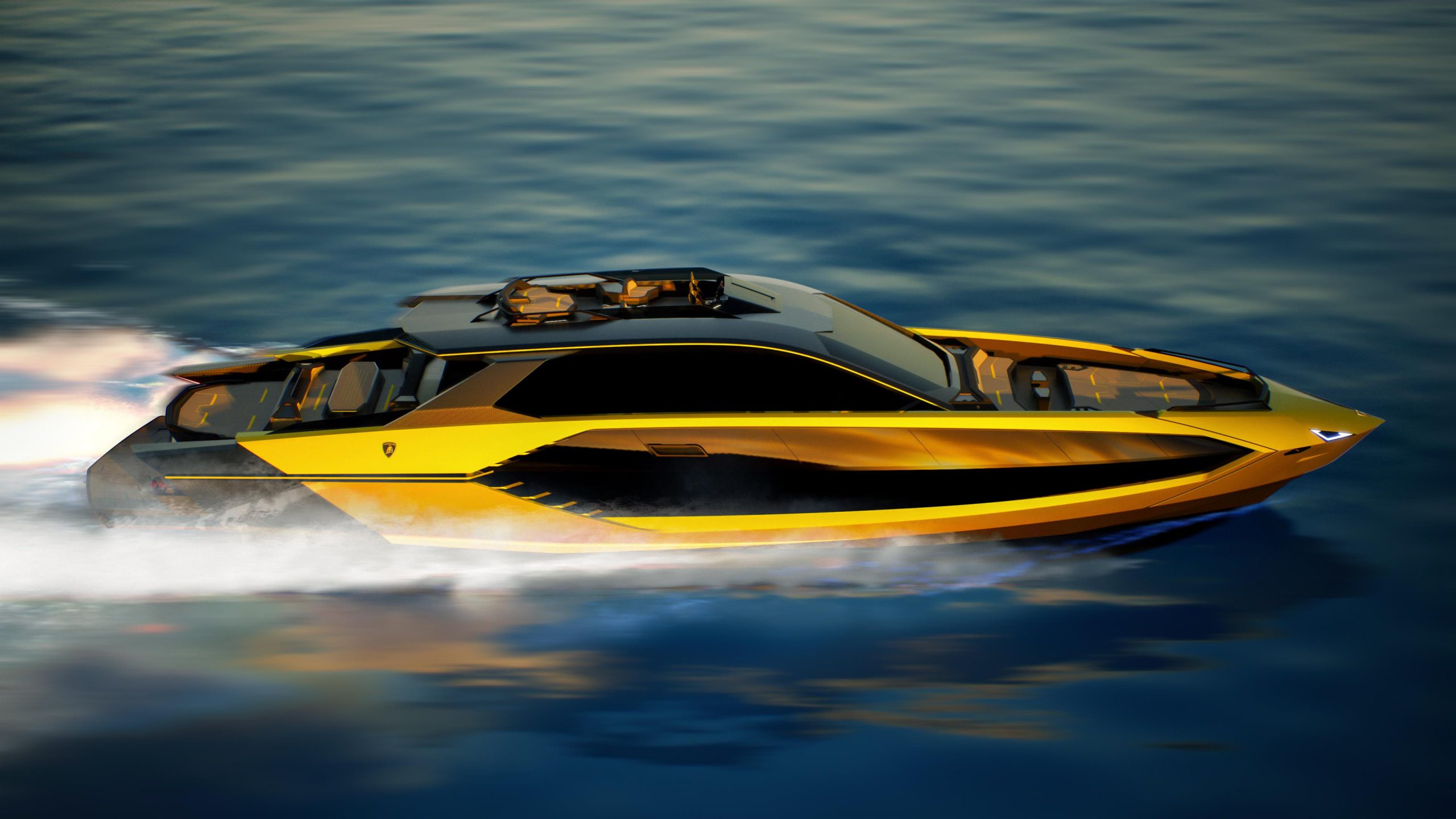The Newest Must-Have Home Amenity for the Rich: Purified Air
Pollution, allergens and Covid have homeowners focusing on filtration systems and flexible designs to improve indoor air quality
Visitors to John Bautista and Pedro Salrach’s San Francisco home can’t get enough of the lap pool, sauna and movie theatre. But they also get a whiff of something else they value: clean air.
“The house smells new—and after two years it still smells new,” said Bautista, an attorney. “I know when I’m home because it smells clean and fresh.”
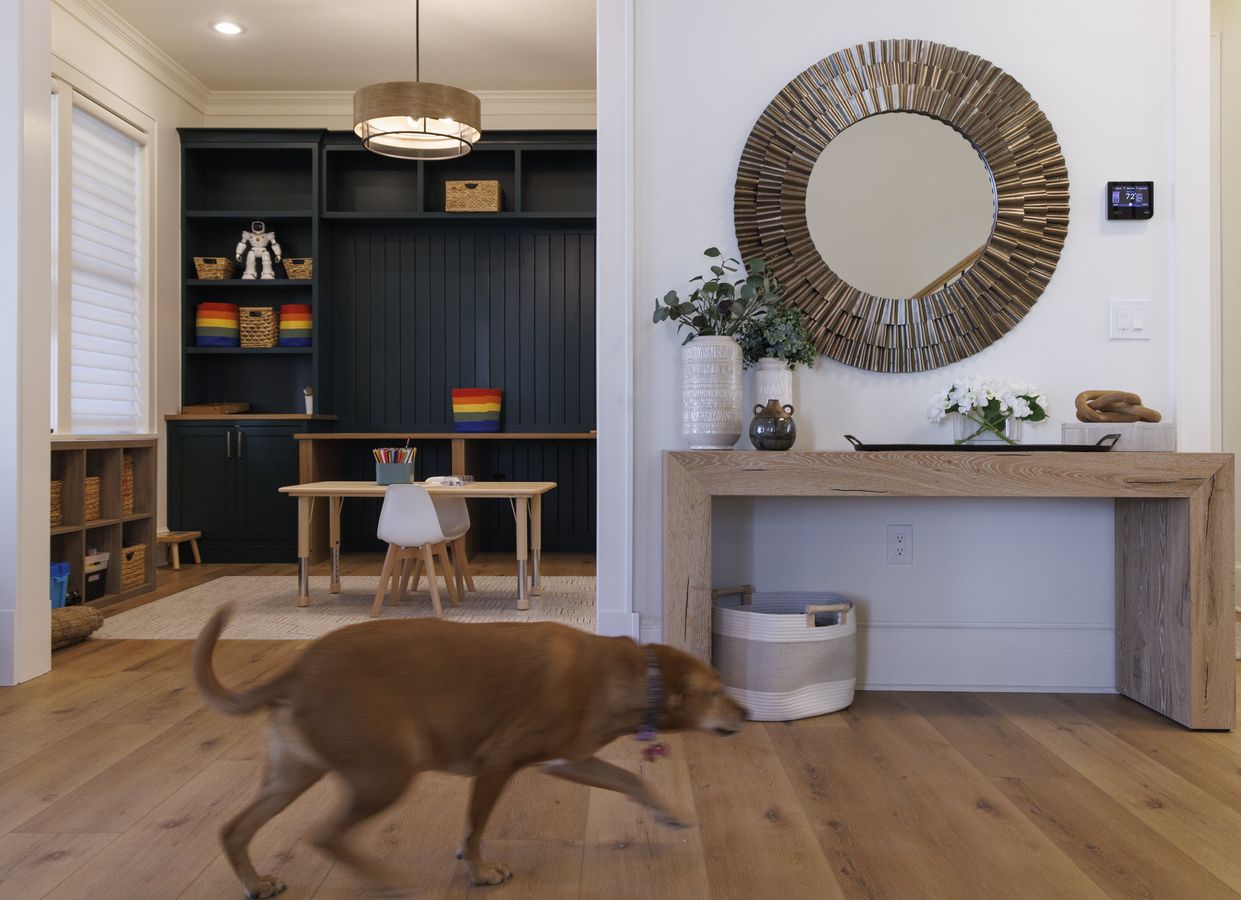
MELISSA LYTTLE FOR THE WALL STREET JOURNAL (4)
The six-bedroom home with seven bathrooms and two half-baths includes an elaborate air-filtration system meant to deal with the region’s varying air quality. The tightly sealed floor-to-ceiling windows and sliding doors offer hilltop views of the bay and access to the backyard without sacrificing air quality.
Bautista plans to further upgrade his system this year with the aim of filtering and recirculating indoor air rather than fresh outside air during periods of heavy pollution. Despite the home’s superior air quality, the family can still feel a difference on days when the outdoor air is filled with smoke. “We’ve suffered, as most people have in the Bay Area,” he said. “What we want to have is isolation.”
Developer Gregory Malin, who specialises in wellness-focused real estate, sold Bautista the home for $32 million, he said, plus an additional $5 million for fixtures and furnishings.
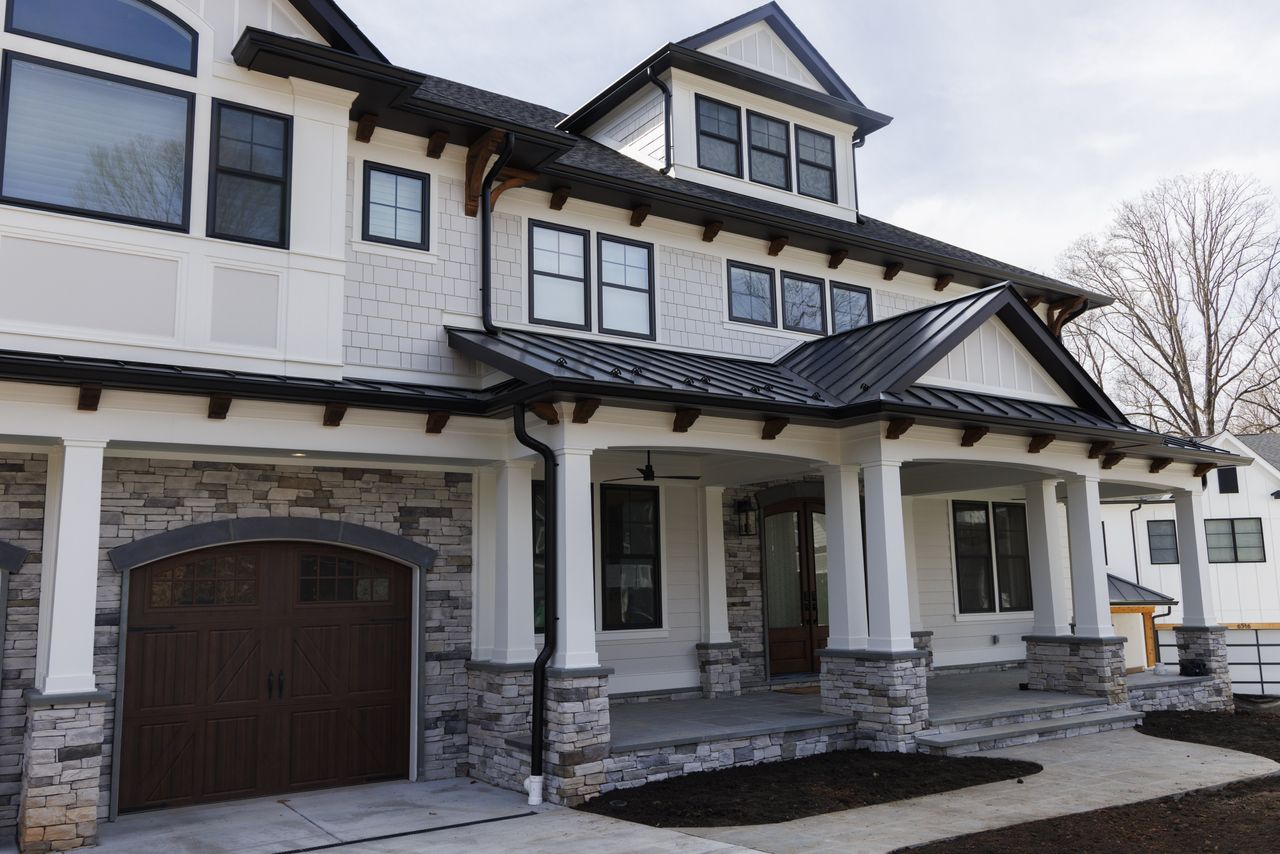
Luxury homeowners are known to splurge on sleek kitchens, custom decor and art, but they are increasingly turning their attention to something less visible. Forest-fire smoke, the pandemic and increased awareness of sensitivities to mould and other irritants are making their interior environment a priority.
Many are investing in complex systems and flexible designs that promise healthier indoor air but still include spaces, such as glass-enclosed rooms, that make being indoors feel natural.
Listings are increasingly touting pollution-fighting amenities to lure home buyers. In Santa Rosa, Calif., a 13-acre estate for sale at $15 million has a whole-home air purifier. This spring, the Dovecote building, under construction in Manhattan’s Harlem neighbourhood, will offer six, three-bedroom condos built to strict green and clean-air standards, starting at $1.5 million.
Malin, founder of Troon Pacific, a San Francisco-based developer of $15 million to $45 million properties that he calls healthy homes, said he focuses on the smallest details that can affect air quality. New tools allow for more-precise measurement of various particulate matter and carbon dioxide levels, he added. “Covid changed people’s perspective on connecting air quality to health, and the [wildfires] only enhanced that.”
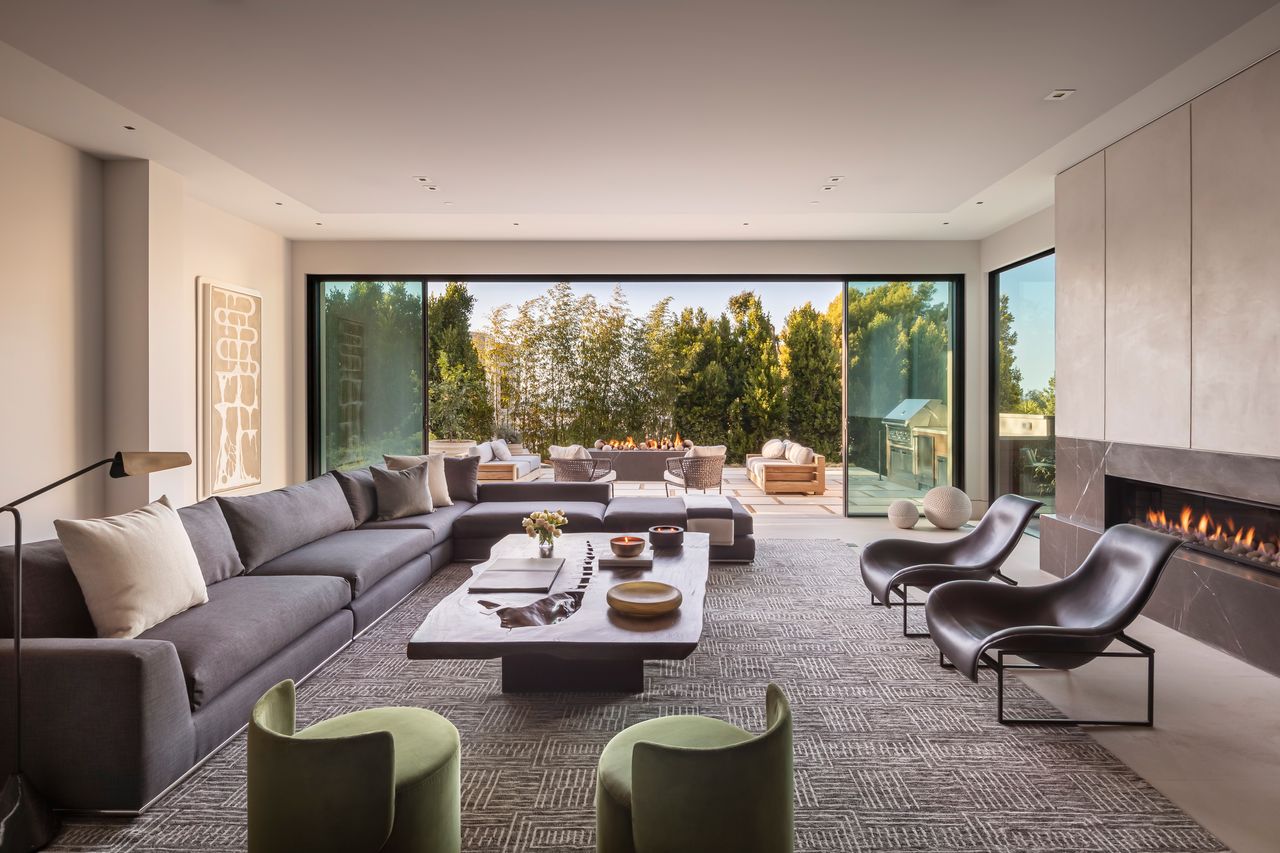
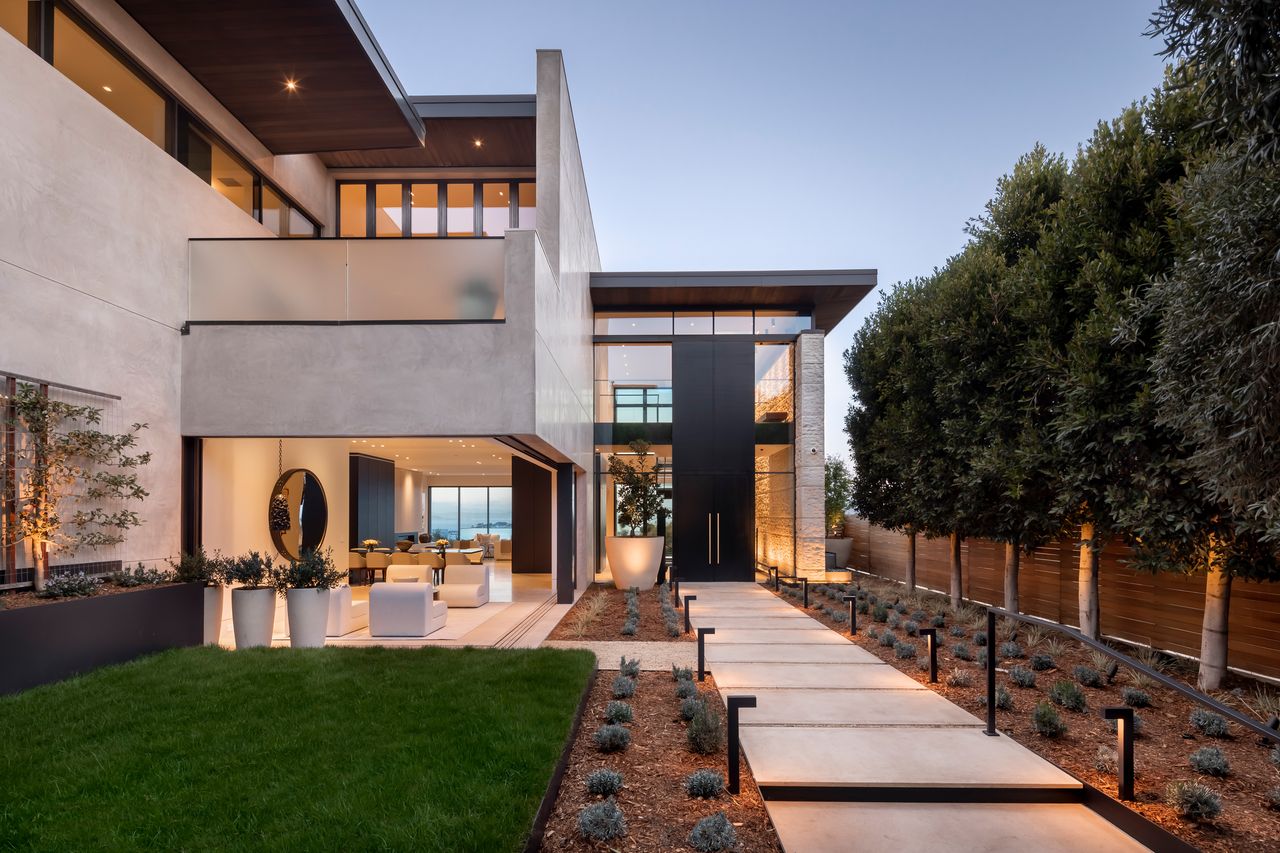
His company’s newer homes have exhaust fans, tied to ventilation systems, in laundry rooms and under sinks, where there are various pollutants and harmful cleaning products, said Malin. Their garages have separate exhaust fans that go on long enough for three air exchanges after the door opens. Ionisation-based filtration systems also are included to eliminate airborne particles too tiny to see but hazardous when inhaled.
His homes also feature perforated piping with in-line fans to exhaust air from under slab foundations to keep contaminated soil vapours from entering the houses.
He said his company is considering building to the Living Building Challenge standard, in which homes have their own electricity, water and waste management. Demand is high for such standards, he said, including passive-home construction, where airtight homes are built using specific materials and energy-efficient systems that circulate highly filtered air. He said passive-home certification is costly, especially for big homes, and has limitations that some homeowners don’t want, like bulky windows. In the long run, however, he said eliminating most heating and cooling bills is probably worth it.
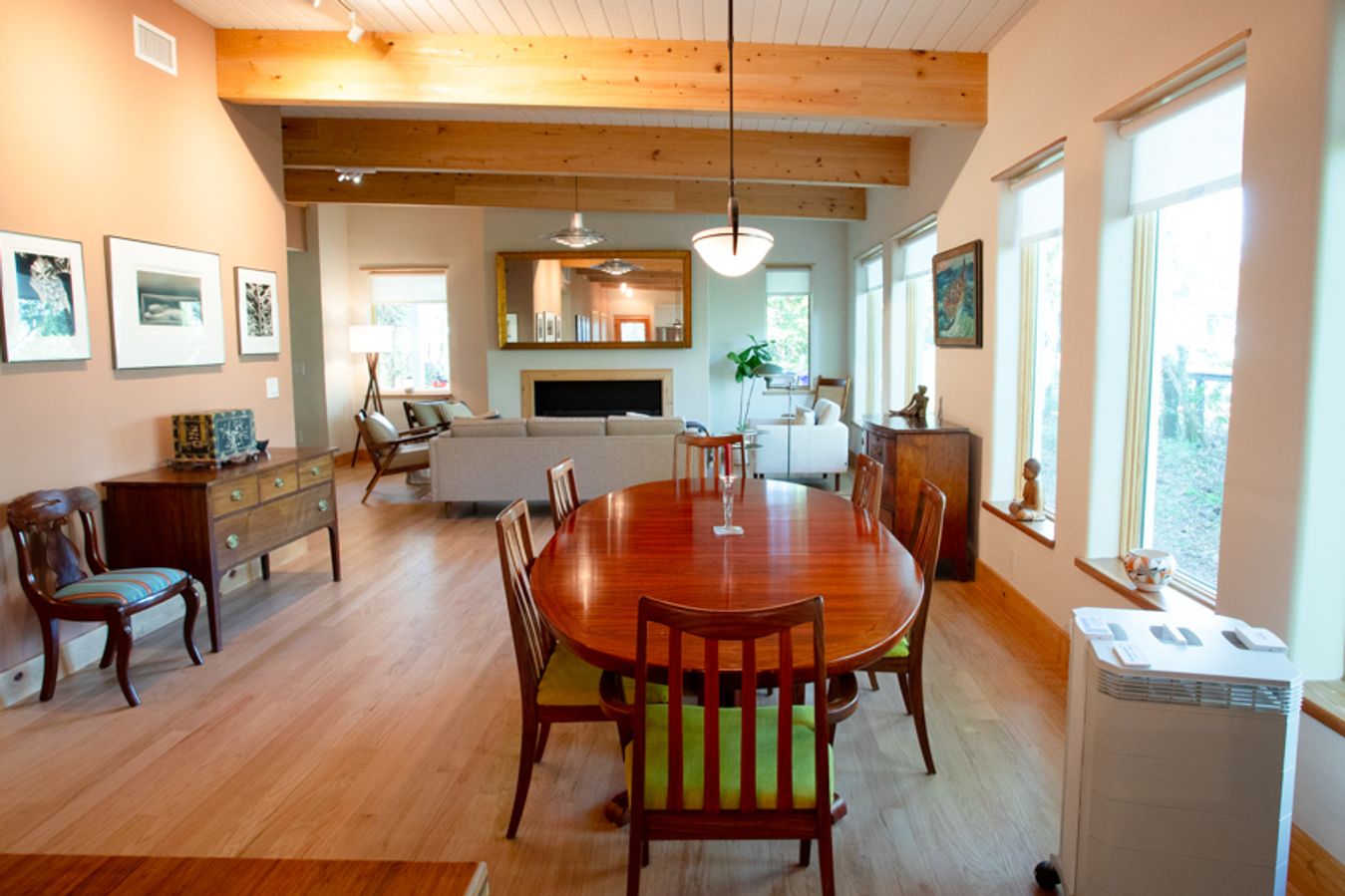
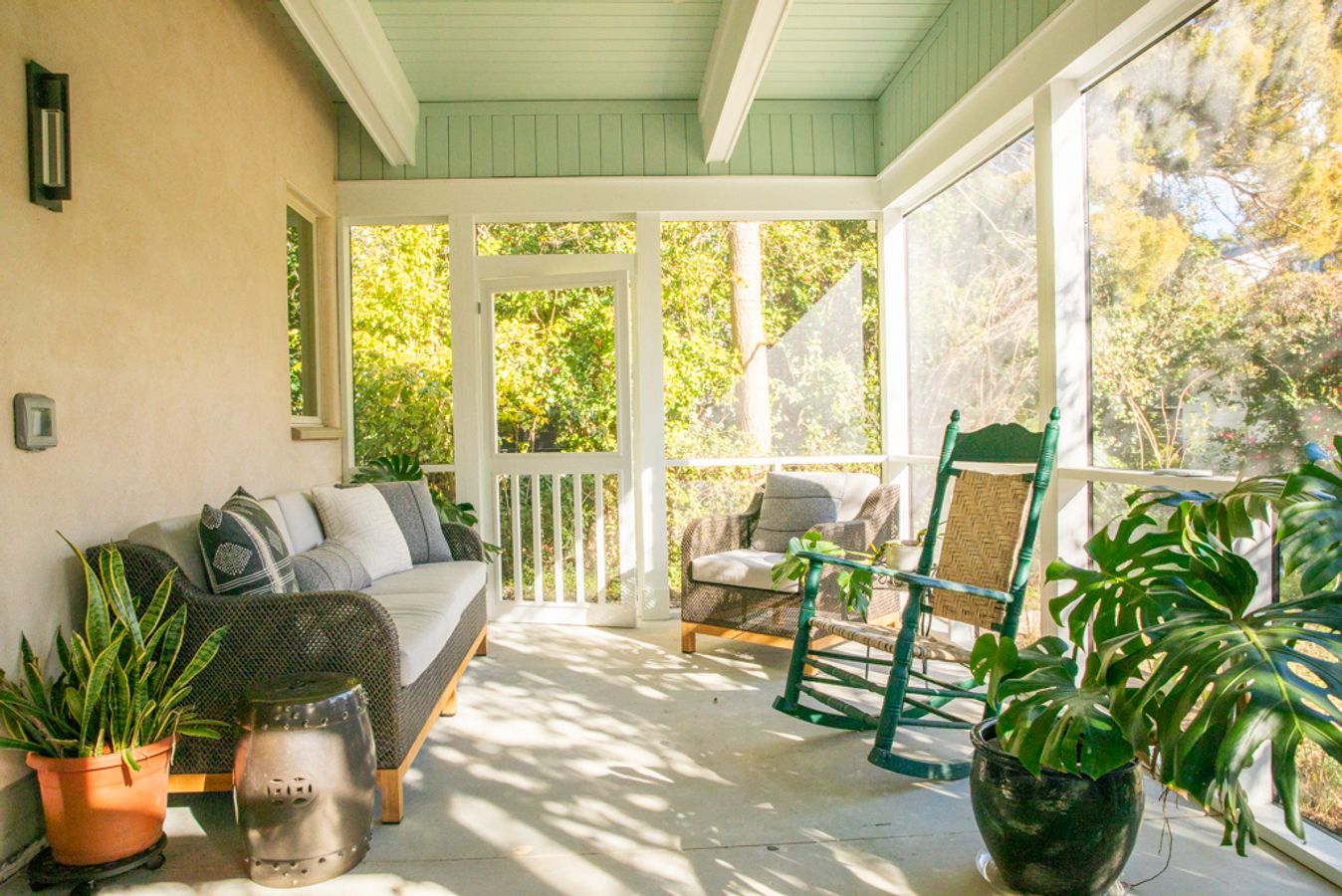
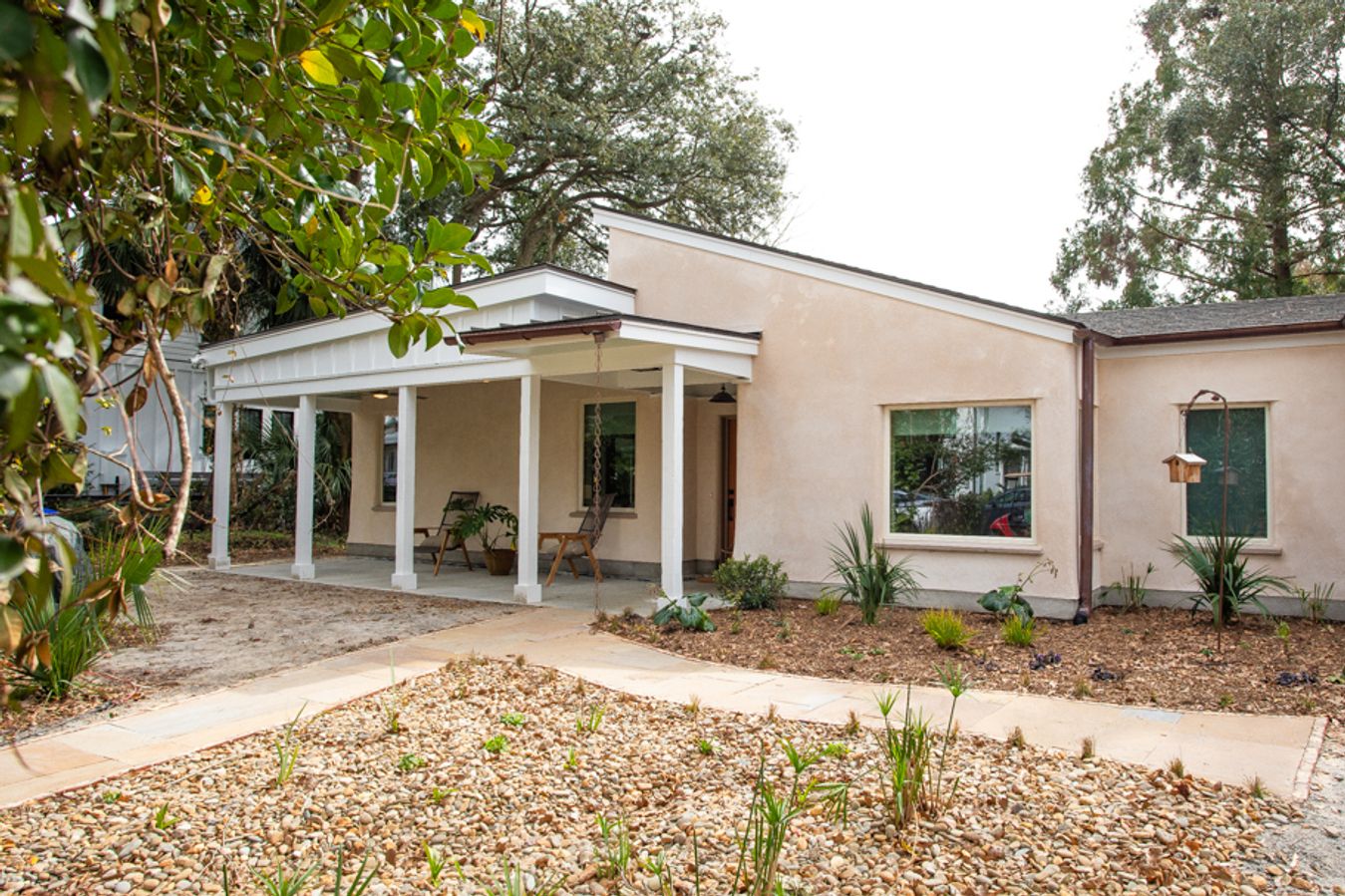
HADLEY HENRY FOR THE WALL STREET JOURNAL (4)
Clean air has become more of a talking point in homeownership, added Elliott Gall, an associate professor of mechanical and materials engineering who researches indoor-air quality at Portland State University.
While high-rises are often built to be airtight, there is a greater focus now on having windows that open while adding better filtration systems, he said. Units with outdoor access sometimes give homeowners another way to control the humidity and indoor air-pollution levels inside the home, he added.
To improve the air quality in her new Charleston, S.C., home, Caroline Smythe, 67, imported a hemp block covered in a mixture of lime and sand for the construction, rather than standard brick. Living in a high-humidity area means moisture can cause mould, said Smythe, whose 2,400-square-foot Lowcountry home was completed in 2023 for about $1 million, including $250,000 for the land.
Incorporating the new material allows the moisture to get absorbed in the walls and keeps humidity steady in the home. “It has very much an earthy feel,” said Smythe of her thick, soundproof walls.
Inside, the home’s two bedrooms and two offices have additional air-filtration elements, including stand-alone air filters for each bedroom. Smythe, a psychiatrist, chose a bamboo kitchen countertop and mineral-based wall paint to prevent any chemical off-gassing. “It makes a huge difference,” she said.
Homeowners have long tried to improve air quality. In the early 1900s, homes that let in fresh air were critical to good health, but by the 1950s some owners were trying to tame outdoor air pollution by focusing on better insulation. More recently, the pandemic made access to outdoor air essential, and turned the focus again to indoor-outdoor living.
Today’s picture is mixed. Climate change has made outdoor air quality less reliable, with the added problems of prolonged forest fires.
Many people are realising their indoor air quality is often compromised by a combination of poor indoor airflow, activities like cooking and cleaning, and outdoor pollutants that settle into confined spaces, said Gall. Homeowners now want better control over their wider living space, including modifiable systems that deal with both indoor and outdoor pollution, he added.
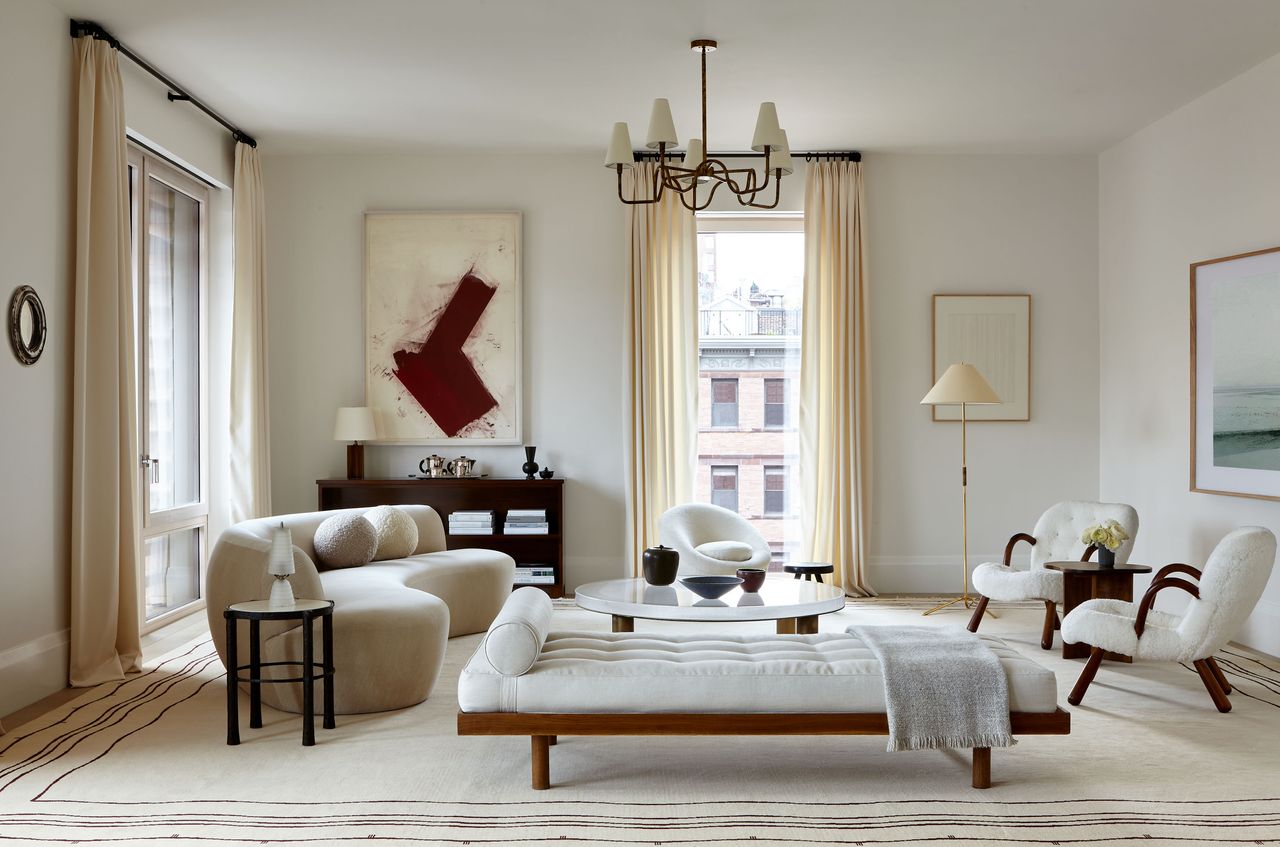
Jason Glatt, a commercial window contractor, and his wife, Lauren Glatt, a stay-at-home mom, of North Bethesda, Md., built a $2.5 million home that includes a children’s slide into a basement playroom, an attic-level cigar room and plenty of entertaining space.
The 11,000-square-foot home’s most striking feature, however, may be the five HVAC units tucked inside utility closets and other closed rooms, controlled by eight thermostats that regulate the air quality as well as temperature in each part of the home. Their $120,000 HVAC system also includes UV lights to prevent mould.
Seth Ballard, an architect who worked with the Glatt family, said individually controlled temperature zones and more return-air vents promote better air flow. Costs can be $100,000 to $200,000 for a 10,000- to 15,000-square-foot house. “They are choosing this over a kitchen countertop,” he said of homeowners in general.
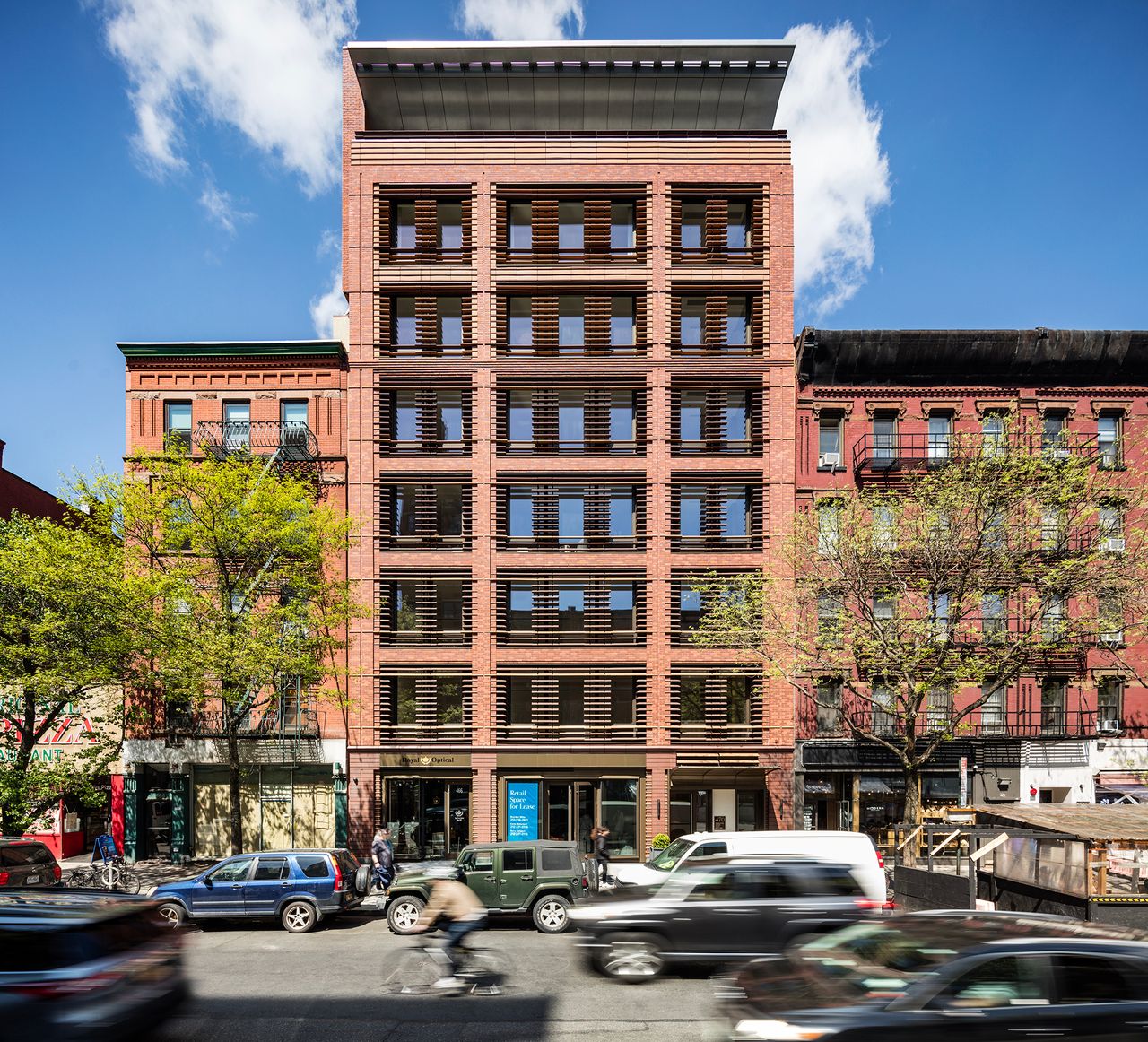
Contact: kristen@m18pr.com
Charlotte of the Upper West Side, a building in Manhattan that opened in 2023, has seven full-floor units, each with a private entrance. The building has airtight construction with enhanced insulation. Each unit has an independent heating-and-cooling system with fresh-air filtration directly into the home that isn’t shared with other spaces.
The system can achieve full air exchange 13 times a day in normal-use mode and more than 28 times a day in boost mode, said the building’s developer John Roe of the New York-based Roe Corp. The building uses louvers outside the windows to deflect the heat of the sun and cut energy use on summer days.
Roe, who lives in one of the building’s 3,570-square-foot, four bedroom, 4.5-bathroom homes, said the air-filtration system and strict passive-home construction added 15% to the building cost.
Three of the building’s units are on sale, from $8.35 million to $17 million.
He said there is little dust in the home, and he swears it now takes longer for his cut white hydrangeas to wilt.
 Copyright 2020, Dow Jones & Company, Inc. All Rights Reserved Worldwide. LEARN MORE
Copyright 2020, Dow Jones & Company, Inc. All Rights Reserved Worldwide. LEARN MORE
A divide has opened in the tech job market between those with artificial-intelligence skills and everyone else.
A 30-metre masterpiece unveiled in Monaco brings Lamborghini’s supercar drama to the high seas, powered by 7,600 horsepower and unmistakable Italian design.
A 30-metre masterpiece unveiled in Monaco brings Lamborghini’s supercar drama to the high seas, powered by 7,600 horsepower and unmistakable Italian design.
When Lamborghini takes to the water, subtlety isn’t on the agenda. Unveiled at the Monaco Yacht Show, the Tecnomar for Lamborghini 101FT is a 30-metre superyacht that fuses Italian automotive theatre with cutting-edge naval engineering.
The model builds on the collaboration that began in 2020 with the Tecnomar for Lamborghini 63, a sell-out success that celebrated the marque’s founding year.
This new flagship pushes the partnership between Automobili Lamborghini and The Italian Sea Group to a grander scale, designed to deliver the same adrenaline rush at sea that drivers expect behind the wheel.
“The Tecnomar for Lamborghini 101FT redefines the concept of nautical luxury,” said Stephan Winkelmann, Chairman and CEO of Automobili Lamborghini.
“It is not only a yacht, but an affirmation of Italian excellence. The Italian Sea Group and Automobili Lamborghini share an exclusive clientele who are passionate about beauty, technology, and extreme performance.”
Design cues are unmistakably Lamborghini. The yacht’s sharp exterior lines echo the Fenomeno supercar revealed at Monterey Car Week, complete with Giallo Crius launch livery and signature Y-shaped lighting.
Inside, the cockpit and lounges mirror the DNA of Sant’Agata supercars through hexagonal motifs, sculptural seating and dramatic contrasts. With accommodation for up to nine guests and three crew cabins, indulgence meets practicality on every deck.
Performance is equally uncompromising. Three MTU 16V 2000 M96L engines and triple surface propellers generate a combined 7,600 horsepower, driving the yacht to 45 knots at full throttle, with a cruising speed of 35 knots. Two 35 kW generators provide additional efficiency and reliability, ensuring the yacht’s power matches its presence.
Mitja Borkert, Lamborghini’s Design Director, said: “With the Tecnomar for Lamborghini 101FT, we aimed to create a product that embodies the main design characteristics of our super sports cars. All the details, from the exterior to the colour, to the interior areas, recall and are inspired by Lamborghini’s DNA.”
Presented in scale at Monaco, the definitive Tecnomar for Lamborghini 101FT is scheduled to hit the water at the end of 2027. For those who demand their indulgence measured not only in metres but in knots, this is Lamborghini’s most extravagant expression yet.
Micro-needling promises glow and firmness, but timing can make all the difference.
A luxury lifestyle might cost more than it used to, but how does it compare with cities around the world?









